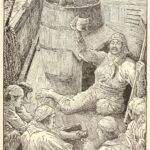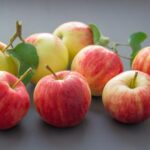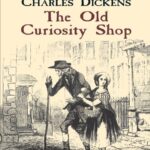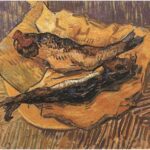 I have briefly mentioned before Lloyd Alexander’s “eat and read” programme, but in these times of coronavirus, much more home-bound due to lock-down and the self-isolation advice, I have found myself reading more during the day, and cooking more, and thinking of the “eat and read” regime in a completely different light! So here it is!
I have briefly mentioned before Lloyd Alexander’s “eat and read” programme, but in these times of coronavirus, much more home-bound due to lock-down and the self-isolation advice, I have found myself reading more during the day, and cooking more, and thinking of the “eat and read” regime in a completely different light! So here it is!
Lloyd Alexander started reading when he was very young and his experience of getting lost in a book was intense and immersive. In an interview to James S. Jacobs, he claimed that one of his earliest “true” memories from childhood was his discovery that he could intensify the reading experience by combining it with a meaningful food:
The only rule was to find something to eat which was representative of the story which had currently captured him. Thus, when he read of King Arthur and the brown ale which foamed from his knight’s flagons, Lloyd must be partaking of the same drink (unfortunately he had to compromise with ginger ale, but that seemed close enough). While reading of Jim’s eavesdropping on Long John Silver from the bottom of an apple barrel, Alexander must be munching on the same crisp fruit. (Jacobs, 1978, p. 33)
Apparently. as Lloyd Alexander got older, his gastronomic needs while reading became somewhat more demanding: during elementary school he enlisted his mother in an effort to locate and taste the bloaters (type of whole cold-smoked herring) consumed in Dickens’s The Old Curiosity Shop (chapter 50). His mother accomplished this feat, but Alexander soon found out that bloaters “did not turn out to be what he had expected and his sympathies went out to the English” (Jacobs, 1978, p. 34)! In the event, he did not finish his dish of bloaters, but he did have the experience of eating them while reading the relevant scene, and that was the important thing!
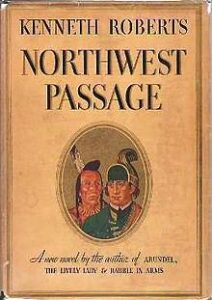 The “eat and read” regime persisted throughout Lloyd Alexander’s life. As a young man, working in a bank, he procured canned rattlesnake meat to munch upon while reading Kenneth Roberts’s Northwest Passage (Ibid., p. 114) and in 1973 he published a piece in the children’s magazine Cricket titled “A Hungry Reader” in which he described his childhood desire to have “a real taste of whatever food the people in the stories were eating” (p. 34). In that piece, reproduced below, he gave examples of other books that excited his tasting buds, including Alice’s Adventures in Wonderland (tea, bread and butter, and treacle), The Song of Hiawatha (maize – he had to make do with cornmeal mush), A Christmas Carol (roast goose – a chicken leg had to do), Winnie-the-Pooh (honey!), and the stories of Robin Hood and his Merry Men (though he had to substitute “brown October ale” with root beer).
The “eat and read” regime persisted throughout Lloyd Alexander’s life. As a young man, working in a bank, he procured canned rattlesnake meat to munch upon while reading Kenneth Roberts’s Northwest Passage (Ibid., p. 114) and in 1973 he published a piece in the children’s magazine Cricket titled “A Hungry Reader” in which he described his childhood desire to have “a real taste of whatever food the people in the stories were eating” (p. 34). In that piece, reproduced below, he gave examples of other books that excited his tasting buds, including Alice’s Adventures in Wonderland (tea, bread and butter, and treacle), The Song of Hiawatha (maize – he had to make do with cornmeal mush), A Christmas Carol (roast goose – a chicken leg had to do), Winnie-the-Pooh (honey!), and the stories of Robin Hood and his Merry Men (though he had to substitute “brown October ale” with root beer).
So, I am wondering, what food have you always thought about eating (or have actually munched!) while reading a particular book and found it very appropriate? I often crave apples when I read Little Women (which is no surprise – Jo is always munching one!), and – for some reason – seed cake when I read The Hobbit! Any other “eat and read” regime devotees out there?
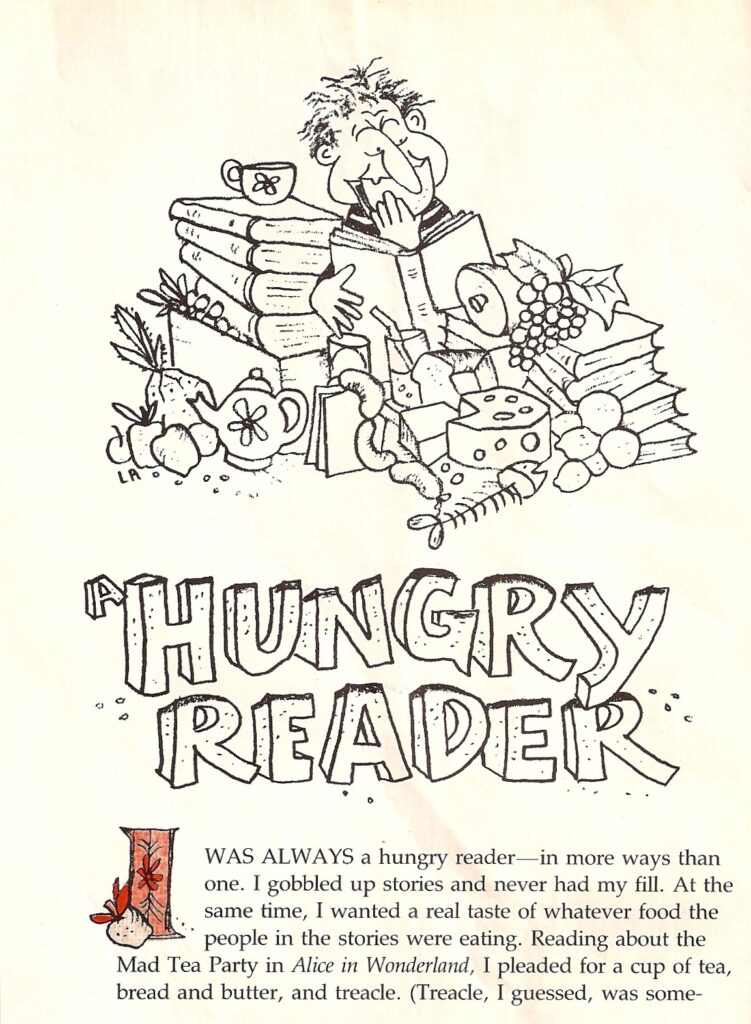
“A Hungry Reader,” Cricket, I, January, 1973.

“A Hungry Reader,” Cricket, I, January, 1973.
References
Alexander, Lloyd. 1973. “A Hungry Reader”, Cricket, 1: 34-5
Jacobs, James S. 1978. Lloyd Alexander: A Critical Biography (EdD dissertation, University of Georgia)

